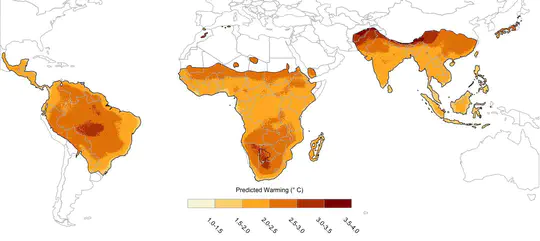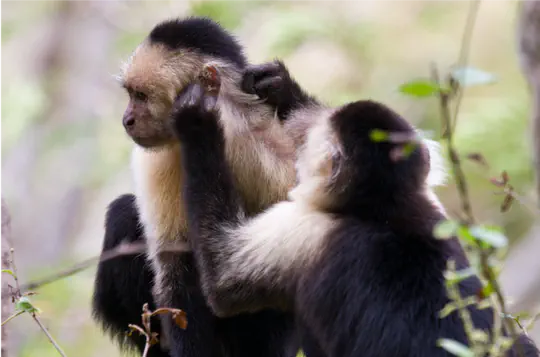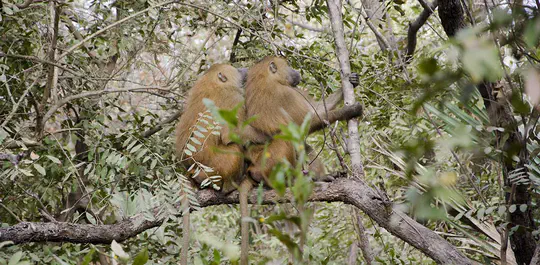Welcome
Urs Kalbitzer
Group Leader
University of Konstanz, Germany & Max Planck Institute of Animal Behavior, Germany
I am a behavioral ecologist and in my research I aim to gain a comprehensive understanding of the impacts of environmental factors on animal behavior and fitness. I use quantitative methods to integrate long-term behavioral, life-history, physiological and genetic data from wild primate populations with climate and plant ecological data to gain insights into the effects of changing environments on the behavioral ecology and survival of these threatened species. I have worked on multiple species, including baboons (Papio spp.), white-faced capuchins (Cebus imitator), African green monkeys (Chlorocebus sabaeus) and spider monkeys (Ateles spp.). My current focus is on red colobus (Piliocolobus tephrosceles) in Kibale National Park, Uganda, where I have access to a uniquely broad long-term dataset. I also use computational approaches to investigate and validate quantitative methods and I am expanding this research by developing simulations to explore theoretical ideas about animal-environment interactions at the individual and population levels. My current research projects revolve around three themes: (1) Primate responses to environmental change, (2) Nutritional landscapes, animal behavior, and forest composition, and (3) Primate behavioral evolution.
I am passionate about applying quantitative methods and data analysis in general, and enthusiastic about teaching such methods and scientific workflows to students. I have documented introductions to some of these methods online to make them accessible to any interested student and/or researcher (https://bedatablog.netlify.com – will be soon migrated to this webpage).


